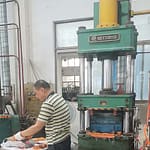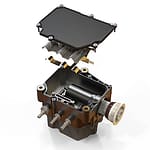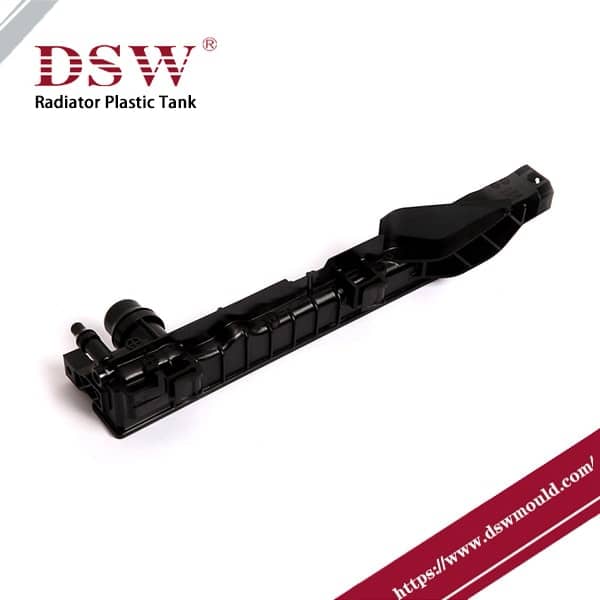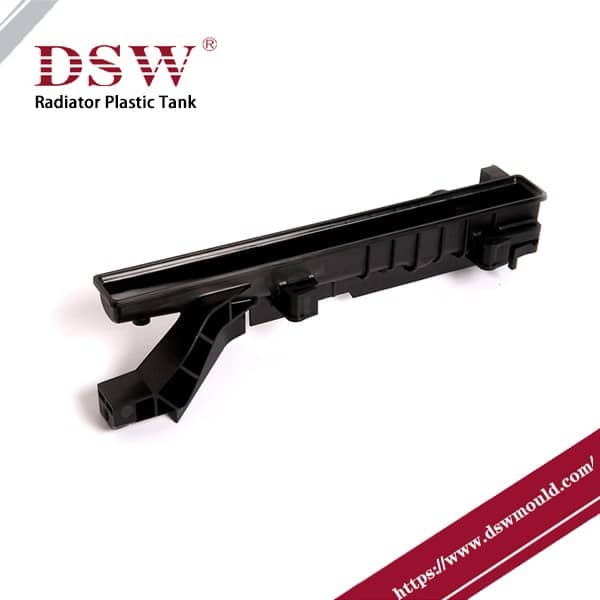Radiator Plastic Tank for Cooling system
The radiator plastic tanks, known in some countries as coolant overflow reservoirs or reservoirs, play a vital role in cooling systems.
They hold coolant within them as they travel to and from radiators.
The plastic tanks are made of Nylon, glass, and polymers. Specifically, they are made with glass-reinforced Nylon, like PA66, a plastic material with a high softening point.
The high softening point of nylon plastic allows the car radiator to withstand pressure and temperature during the cooling process.
DSW Plastics manufactures radiator plastic tanks and offers a more expansive range of radiator mold and plastic car radiators in China.

Main Functions:
Holds Coolant: The tank transports coolant from and to the radiator. Coolant is drawn from the tank when the level drops too low to fill the cooling system.
Pressure Adjustment: When there is excessive pressure, the coolant from the cooling system is pumped back into the overflow tanks. This prevents the cooling systems from being over-pressurized, as the boiling liquid could burst through any weak point.
Temperature Control: The amount in the overflow tank depends on the amount needed to cool down the engine. If the coolant becomes too warm, it expands and can be put into the overflow container to cool.
Applications in Modern Vehicles
Plastic radiator tanks are now standard in various vehicles, from everyday passenger cars to high-performance sports cars. The benefits of reduced weight and cost, combined with durability and resistance to harsh engine conditions, make them ideal for:
- Compact Cars: Where weight savings are essential for efficiency and handling
- Sports Cars: High-performance vehicles benefit from the reduced weight and adaptable design of plastic radiator tanks
- Commercial Vehicles: Trucks and vans need durable, low-maintenance components, making plastic tanks a practical choice
Contact DSW
If you’re looking to upgrade or replace a plastic car radiator, DSW offers a range of solutions designed for durability, performance, and adaptability.














